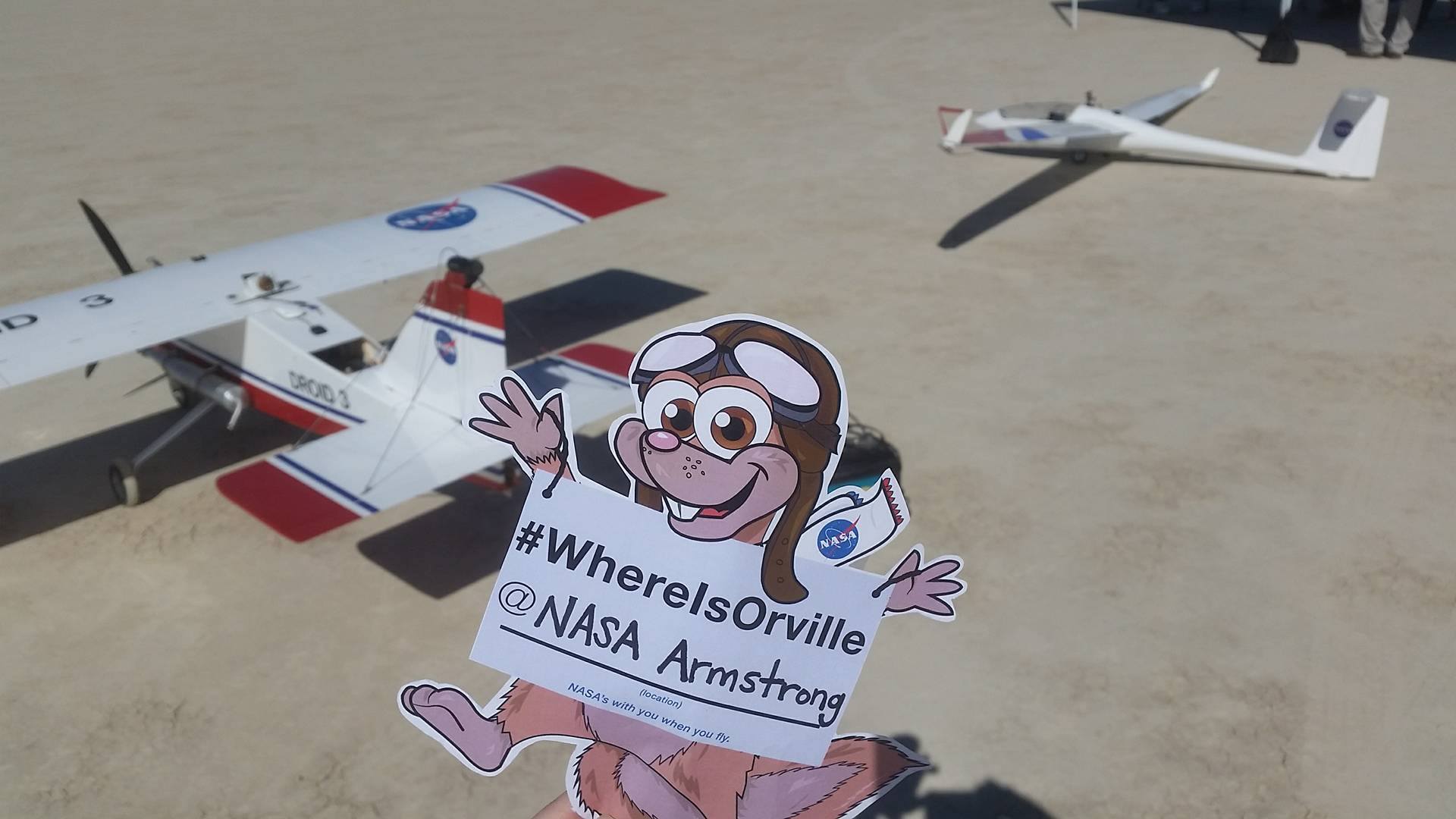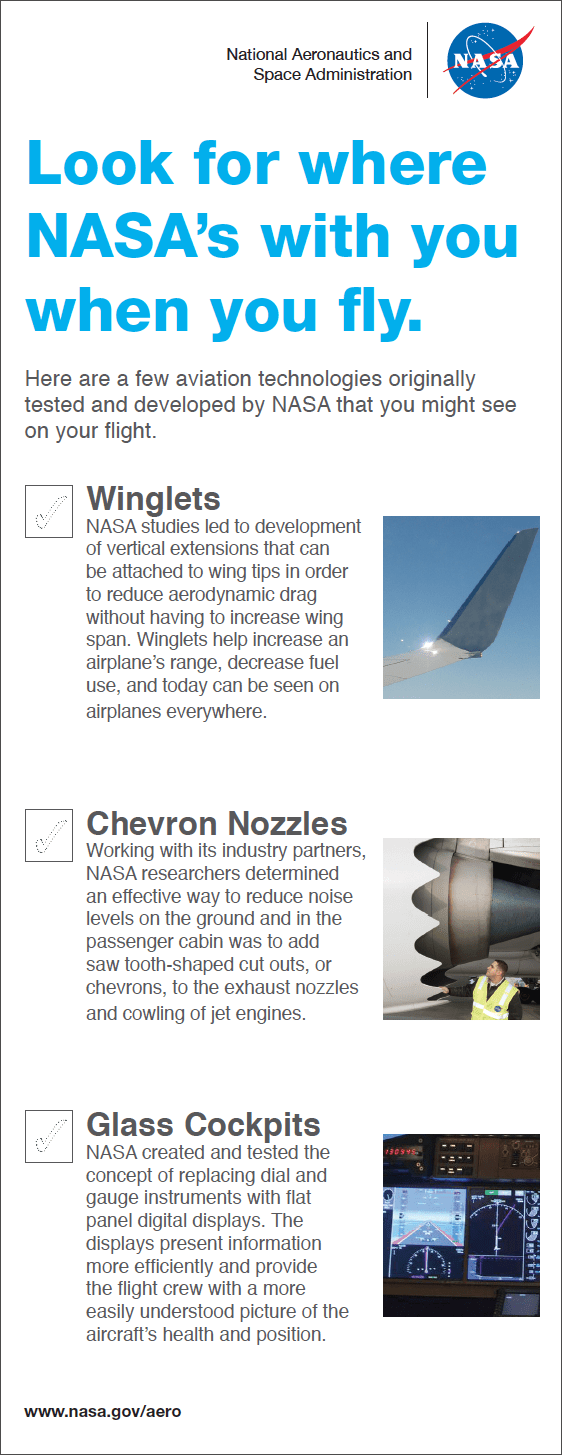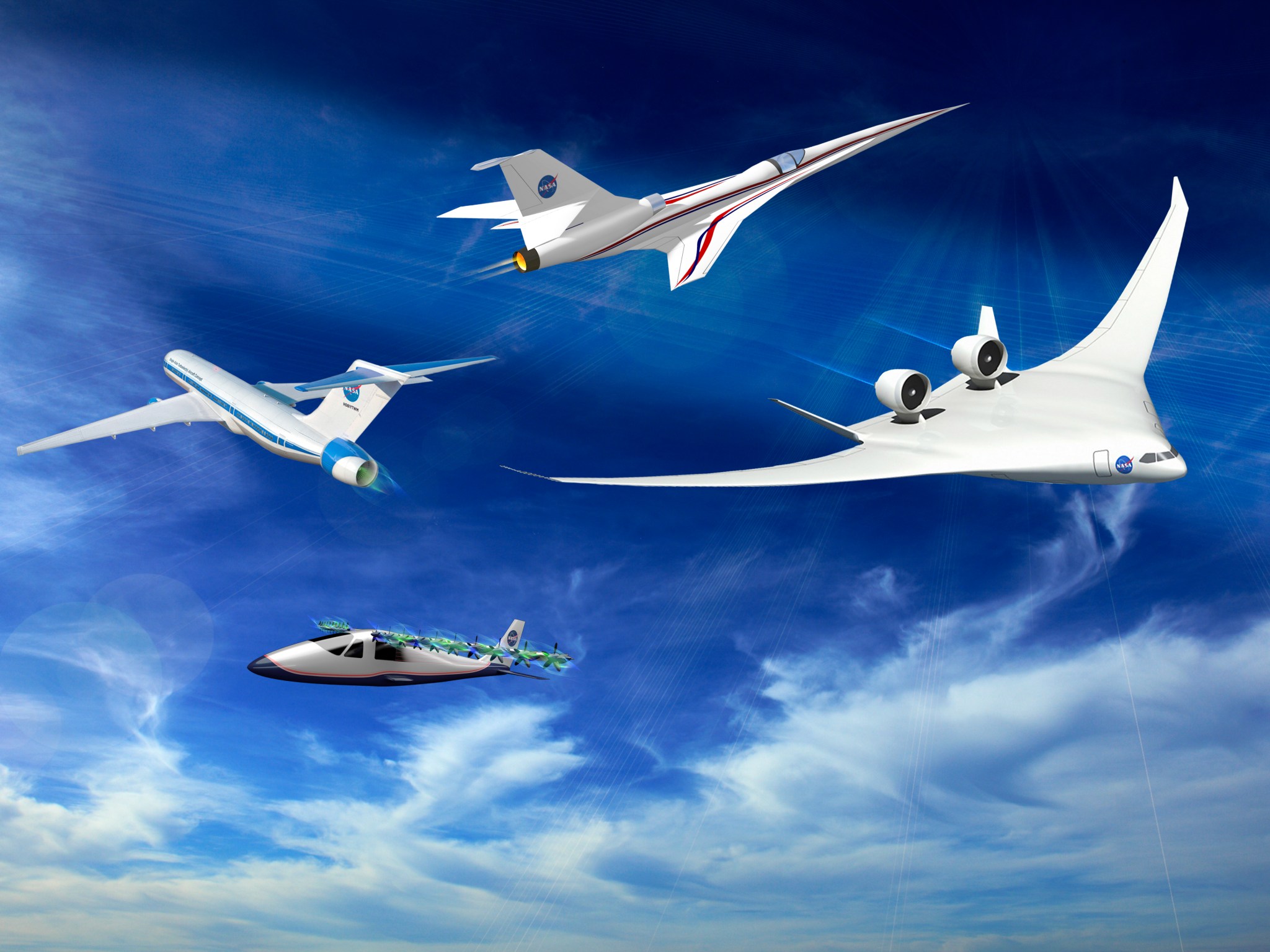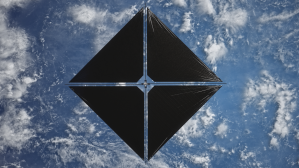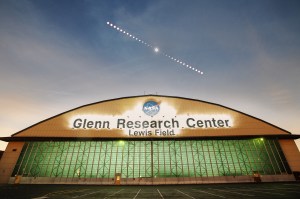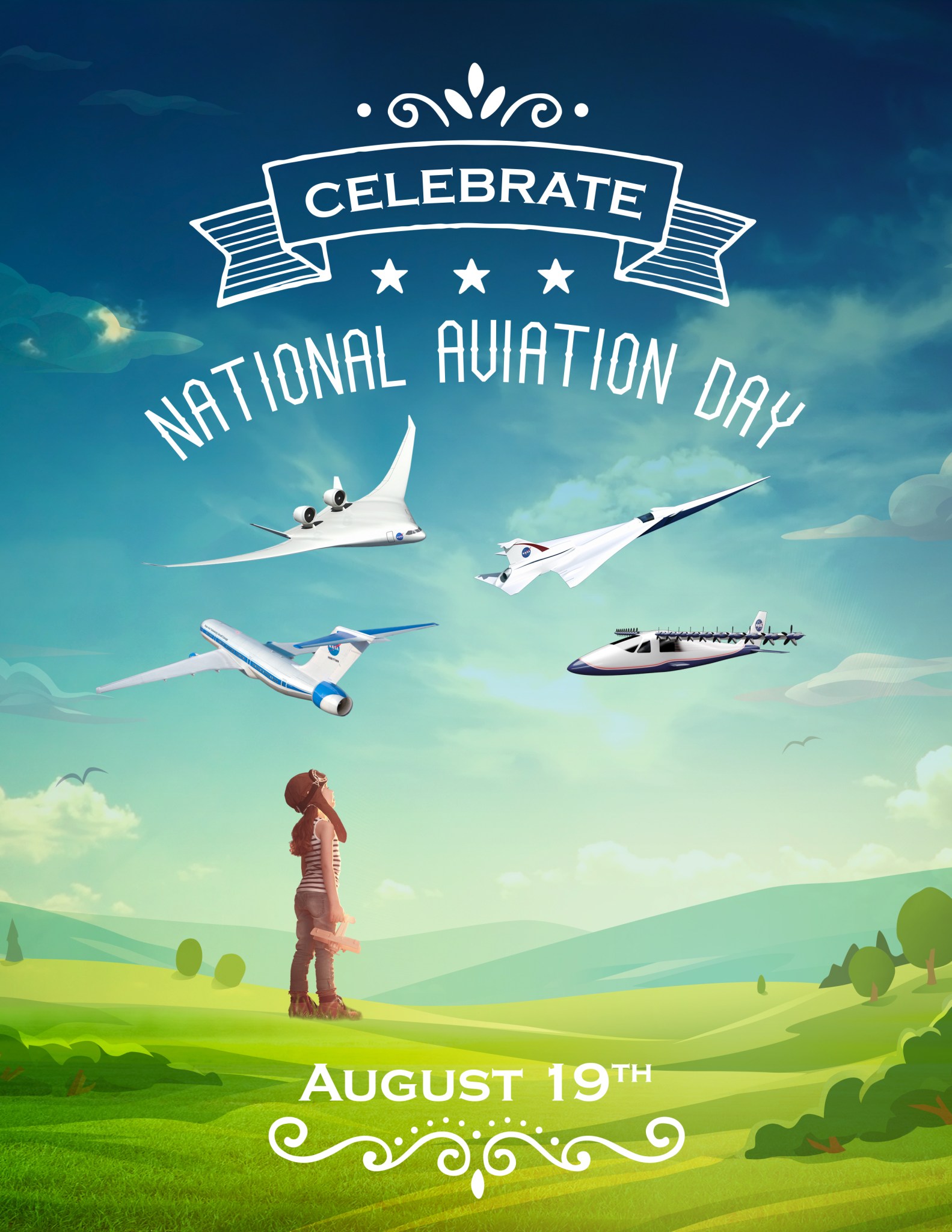
Look! Up in the sky. It’s a bird. It’s a plane. It’s… National Aviation Day!
Ever since 1939, August 19 (this coming Friday) has been celebrated as National Aviation Day, the legacy of a presidential proclamation first made by Franklin D. Roosevelt.
Selected because it was Orville Wright’s birthday, the decision to revel in all things aeronautical came at an exciting time in aviation history.
Just 36 years after the Wright Brothers flew the first heavier-than-air flying machine in 1903, aviation was a growing – if not thriving – industry in the United States and around the world.
New world speed and distance records were being set, airlines that still exist today were being formed and, as World War II began, both Allied and Axis Powers sought new ways to beef up aviation’s role in warfare.
By 1939, the National Advisory Committee for Aeronautics (N.A.C.A.) – NASA’s organizational predecessor – was 24 years old and already well established with the nation’s premiere aviation research laboratory in Virginia, and a brand new center just approved to be built in California.
Fundamental problems with flight were being solved on the drawing boards and in the wind tunnels of the N.A.C.A., enabling aircraft to fly faster, higher, farther and with more and more cargo and passengers.
Today, with the N.A.C.A.’s research heritage still alive and well at NASA, it can be said that every U.S. aircraft and air traffic control tower in operation today uses some kind of NASA-developed technology.
Tomorrow’s aviation scene will look even more impressive as NASA’s aeronautical innovators refine existing designs and take advantage of new technology to make aviation greener by reducing fuel use and emissions and lowering noise levels.
The nation’s aeronautical research agency also is embarking on a 10-year plan called New Aviation Horizons that will see NASA field a number of experimental aircraft – X-planes – in order to demonstrate 21st century ideas for flight.
That’s a lot to celebrate any time of the year, but especially on National Aviation Day. So how can you get in on the party in the sky? Here are some ideas worth taking off with:
1. Show us “Where is Orville?”
Thanks to aviation, we can fly anywhere in the world, and so can Orville the Squirrel, NASA Aeronautics’ official mascot. You can help us show how Orville gets around by downloading his picture, printing it and then taking a selfie with Orville wherever you are. There’s even a spot where you can write in the location. The place doesn’t have to be aviation-oriented, but a few pictures of Orville at an airport or next to an airplane would be fun. Once you have your image, share it on social media and include #WhereIsOrville in your post. Downloadable Orville Sign and Full Instructions
2. Remember that NASA is with you when you fly.
Heading to an airport soon? See an airplane flying overhead? Next time you do either, think about NASA. Why? Well it might not be immediately visible, but every U.S. aircraft and air traffic control tower in operation today use some kind of NASA-developed technology. It’s true.
Modern airplanes are filled with the results of NASA research. A great example is “winglets” – the vertical extensions at the tips of some wings invented by NASA during the 1970s that reduce drag, fuel use and noise.
Another example can be seen on the jet engines powering Boeing’s 787 Dreamliner. Those sawtooth-shaped edges near the engine’s exhaust nozzle are called “chevrons.” They help cut noise in half at cruising altitude by adjusting air flow at the back of the engines.
Want more? If you can, sneak a glance at the cockpit on your next air trip. See all the electronic displays? They make up what’s called a “glass cockpit.” NASA did early testing on using the displays to replace heavier and outdated dials and gauges.
Dozens of more examples are hidden throughout the airplanes, airports, and control towers that exist to keep air travel moving through the National Airspace System in a way that reduces delays and is as Earth friendly as possible.
Print this NASA technology “checklist” and take it with you!
3. Follow what we’re doing to transform aviation.
NASA’s aeronautical innovators are working to transform air transportation to meet the future needs of the global aviation community. Sounds like a big job, right? It is and there are many ways in which NASA is doing this. Improving an airplane’s aerodynamics, reducing the amount of fuel used by airplanes, making airplanes of all sizes quieter, decreasing the amount of harmful emissions released into the atmosphere, working with the Federal Aviation Administration to improve the efficiency of air traffic control – the list could go on and on.
To stay current with all the news, bookmark the NASA Aeronautics home page, follow us on Twitter @NASAaero, and “like” our NASA Aeronautics Facebook page.
4. Watch an aviation-themed movie.
There’s no shortage of classic aviation-themed movies available to watch in whatever format (Blu-ray/DVD, streaming online, in the theater, etc.), from whatever source (Red Box, Netflix, your own library, etc.), and with whatever snacks (popcorn, nachos, Sno-Caps, etc.) are your favorite. We dare not attempt a comprehensive list because we wouldn’t be able to satisfy everyone’s tastes, but a few NASA aeronautics staff favorites include Jimmy Stewart’s “The Spirit of St. Louis,” Disney’s “Planes,” the documentary “One Six Right: The Romance of Flying,” and the recent National Geographic IMAX spectacle “Living in the Age of Airplanes.” (Check out some science, engineering and math activities in this educator resource guide NASA produced for the film.)
5. Explore the science, tech, engineering and math of flight.
Is your child curious about how things work? Does she or he like to work with tools and build things and organize friends to get things done?
We have a large selection of hands-on activities that you could download and work on yourselves with your children about the history of flight, parts of an airplane, the principles of flight, propulsion, and the airspace (weather, noise, pollution).
6. Visit your local science museum or NASA visitor center.
Exhibits about aviation and on how an airplane flies are popular staples of local science museums. Check out your local science center to see how they handle aviation, and even if they don’t, it never hurts to spend some time learning about science. And if you live within a short drive of Norfolk, VA; Cleveland, OH; or San Francisco, CA, you might consider checking out the visitor centers associated with NASA’s Langley Research Center, Glenn Research Center, or Ames Research Center, respectively. These major NASA field centers play host to the majority of NASA’s aeronautics research. (NASA’s Armstrong Flight Research Center, the fourth of NASA’s aeronautics centers, is located within the restricted area of Edwards Air Force Base, CA, so they do not have a public visitor center.)
7. Take an introductory flight lesson.
Pilots will tell you there is a wonderful sense of freedom in flying, not to mention the incredible views and the personal sense of accomplishment that comes from mastering the skills required to fly. At the same time being a pilot is not for everyone – but you won’t know unless you try! Most general aviation airports in the nation have a flight school that offers an introductory flight lesson at a discounted price. Many airports have flying clubs that will introduce you to flight. You also might check to see if there is a Civil Air Patrol in your area. And if you want a taste of flight without leaving the ground, computer desktop flight simulators such as Microsoft Flight Simulator X or X-Plane 10 are popular choices and can get you into the virtual sky in short order.
8. Build an airplane
Why not? It doesn’t have to be big enough to actually fly in – although homebuilt airplane kits are available if you have the money, time and perseverance to complete the job. Putting together a smaller plastic model kit of one of the world’s most historic aircraft can be just as rewarding and just as educational, especially for younger kids who might be thinking about a career as an engineer or aerospace technician. In fact, many astronauts will tell you their love of aviation and space began with putting models together as a child.
Another idea: Grab some LEGO bricks and build the airplane of your dreams, or perhaps one based on real NASA work like one of our possible X-planes.
Or make it easy on yourself, fold a paper airplane and shoot it across the room. Sometimes simple works best. There are many free, fold-able paper airplane designs available online.
9. Visit your local library or download a NASA e-book.
Aviation-themed books, whether fact or fiction, are all over the shelves of your local library – literally. That’s because there’s no single Dewey Decimal number for aviation. A book about aviation history will be in a different section of the library than a book about how to design an airplane. And fictional books such as the Arthur Hailey classic “Airport,” or autobiographies such as Chuck Yeager’s “Yeager,” are off on yet another shelf somewhere else. Don’t hesitate to ask your reference librarian for help. And when you get back from the library, or while still there, jump online and check out the NASA e-books you can download for free.



























